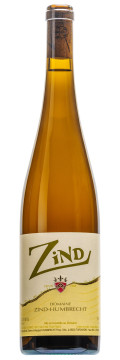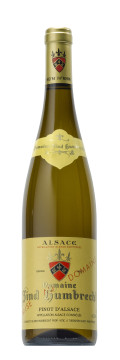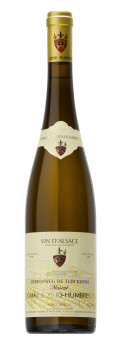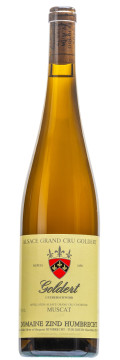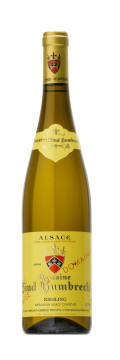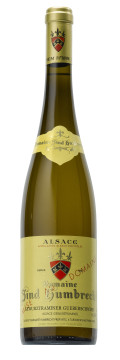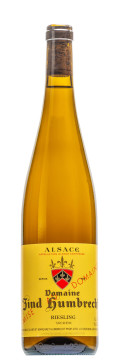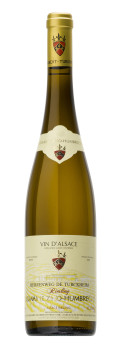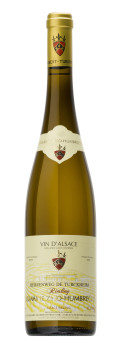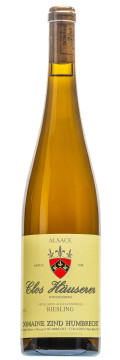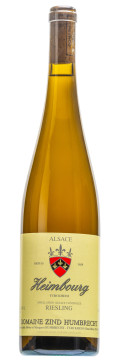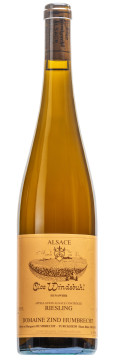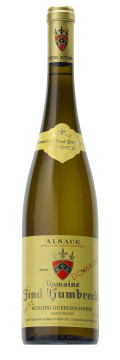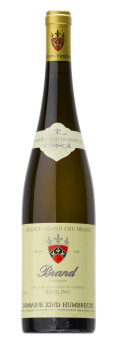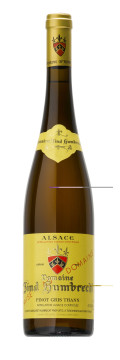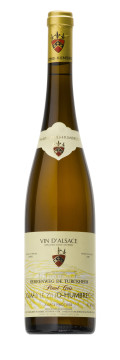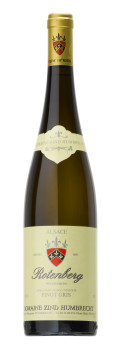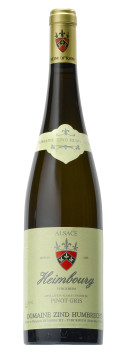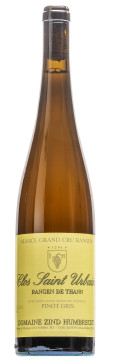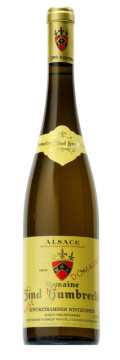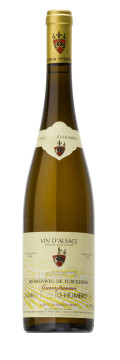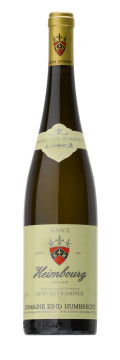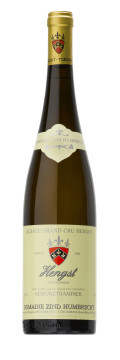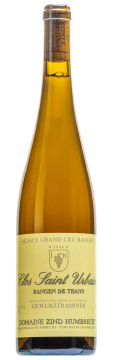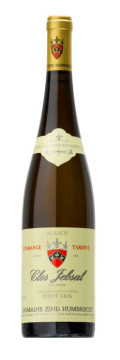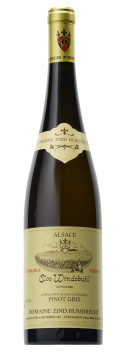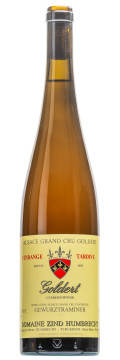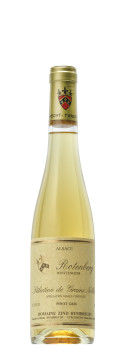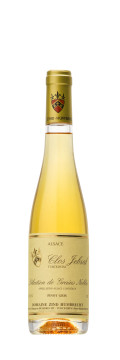Vintage 2005
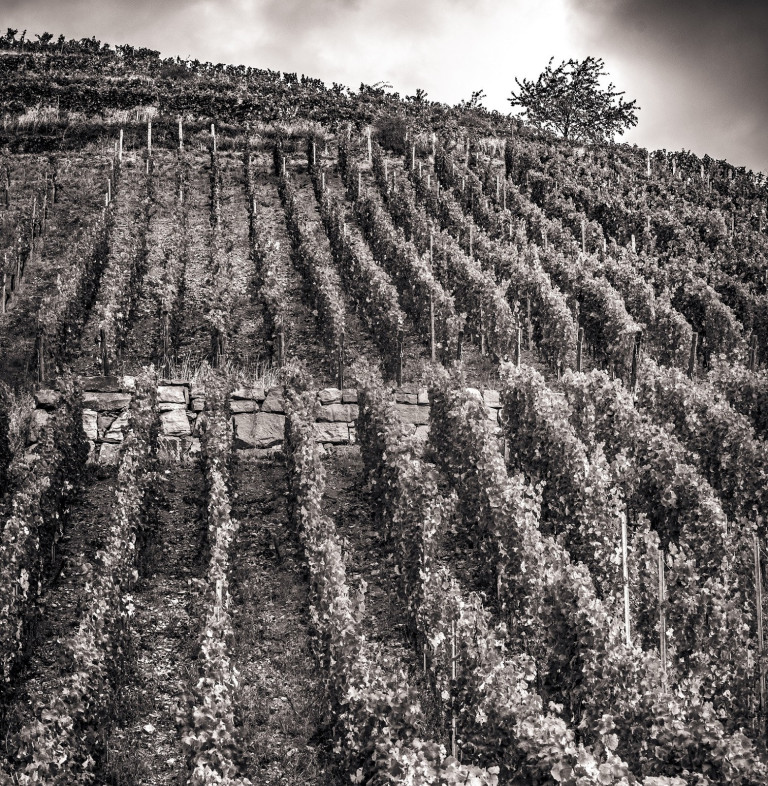
Description of the vintage
2005 enjoyed a relatively dry winter, ideal for planting vineyards, until the end of March. Heavy rainfalls, much hoped for, brought all the water the vines would need in spring. Rains and colder temperatures delayed the bud-break to middle/end of April. May and June were warm and dry, with some uneven occasional rainfalls, which caused some vineyards to flower later. The majority of the vineyards between Gueberschwihr and Hunawihr were flowering early June but Thann only finished around June 20th. The amount of clusters and grapes was normal (our non hedging training system helped to reduce the size of the clusters and the numbers of berries). We then expected an average size crop.
July and August brought a series of 4 significant rainfalls (10 to 20mm) which were again ideal for the vines. By the end of August, the grass was still green in the vineyards and there was no sign of stress. It was possible to enjoy a disease free year if all the proper care was given.
Early August was cool, with the temperatures often being well under 15 degree C. This kind of climate (similar to 2004 and 2002) delayed the change of colour of the grapes to the end of August, and, more importantly, is most certainly responsible of the high acidity level of the 2005 wines.
From the 4th week of August to the end of the harvest, the weather was warm to very hot (some record breaking days in September). October 2005 was the second warmest after 2001 in the past 10 years. Needless to point out that such conditions favoured good maturation, great acidity (high tartaric, low malic, low pH), excellent health and small berries with thick skins. Only some over-cropped Riesling grapes suffered from hydric stress and struggled to ripe properly. The weather was exceptional during the harvest, at the exception of 4 days of heavy rains (end September/early October).
The pinot noir and Muscat were harvested end of September. We waited October 6th to start again with all the other varieties. The weather was dry and consistently warm until late October. All Rieslings have a high acidity level (6 to 7g/l H2SO4) and good ripeness (from 12 to 15 potential alc). Valley floor vineyards (Herrenweg) produced d dry style Gewurztraminer; hillsides were much richer, culminating with VT's in the Goldert and Windsbuhl, and an SGN in the Heimbourg vineyard (1st since 1994!). Noble rot really spread massively on most Pinot-Gris vineyards. VT's were made in the Windsbuhl and Clos Jebsal, SGN's in the Rotenberg, Heimbourg, Jebsal and Clos Windsbuhl (the last one is a Trie Spéciale). Most wines are fermenting very slowly. As usual, no wine was chaptalized or inoculated with yeasts. The entire Domaine was cultivated in biodynamy. Average yields were 35,4 hl/ha.
